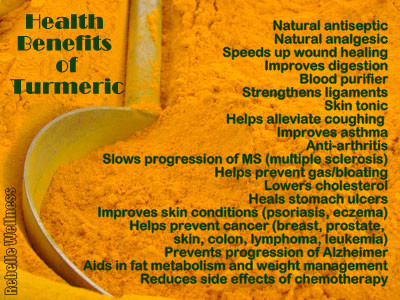Last week we discussed three qualities that help make a quality assistant coach. First among those were taking initiative and getting things done without being asked. Second was being a good communicator which involves both speaking and listening. The third quality was being adaptable and being able to change to fit your environment. This week, we will cover three more qualities that can help you become a good assistant coach.
- Be Valuable1 - Every day presents an opportunity to contribute to the success of your players and your program. When taking on all the daily duties that an assistant is presented with, approach each one with the mindset that you are doing this to add value to the program. Do it with pride. Do it with a purpose.
- Buy In - As an assistant, it is part of your job to get everyone to buy into what the head coach wants for the program. You have to motivate and encourage others to do what is best for the team as a whole rather than focus on the individual. This starts with buying in yourself. If you don’t believe in what you are doing or teaching then how can you expect your players to? Which leads me to…
Don’t be a “Yes Man/Woman”2 - It is not your job to agree with everything the head coach does or says. You are there to provide a different outlook or perspective on things. No one knows everything about the game or how to run a program. If you just nod and smile at everything the head coach does or says then you are not giving everything you have to the program. The head coach may not always listen to or do what you suggest, but you are doing yourself and everyone else a disservice by holding back your thoughts and ideas. However, there is a proper time and place to have these discussions and they usually shouldn’t happen in front of the team. Once a decision has been made, whether it was your idea or theirs, it now becomes your job to support it to present a unified front from the coaching staff.
Once again, you are there to make the head coach’s life easier. If not, they are better off without you. Provide something of value to help make sure that is the case. Buy in to the program and what you are trying to accomplish as a whole. And don’t be afraid to disagree. The best ideas typically come from a combination of several other ideas.
References
1Stein, A. (2015). Coaching Basketball: Assistant Coach Qualities -. Retrieved April 04, 2016, from http://www.coachingtoolbox.net/basketball-drills/coaching-basketball-assistant-coach-qualities.html
2Lockwood, D. (2016). How to Be a Great Assistant Coach -. Retrieved April 04, 2016, from http://www.coachingtoolbox.net/blueprint/great-assistant-coach.html














